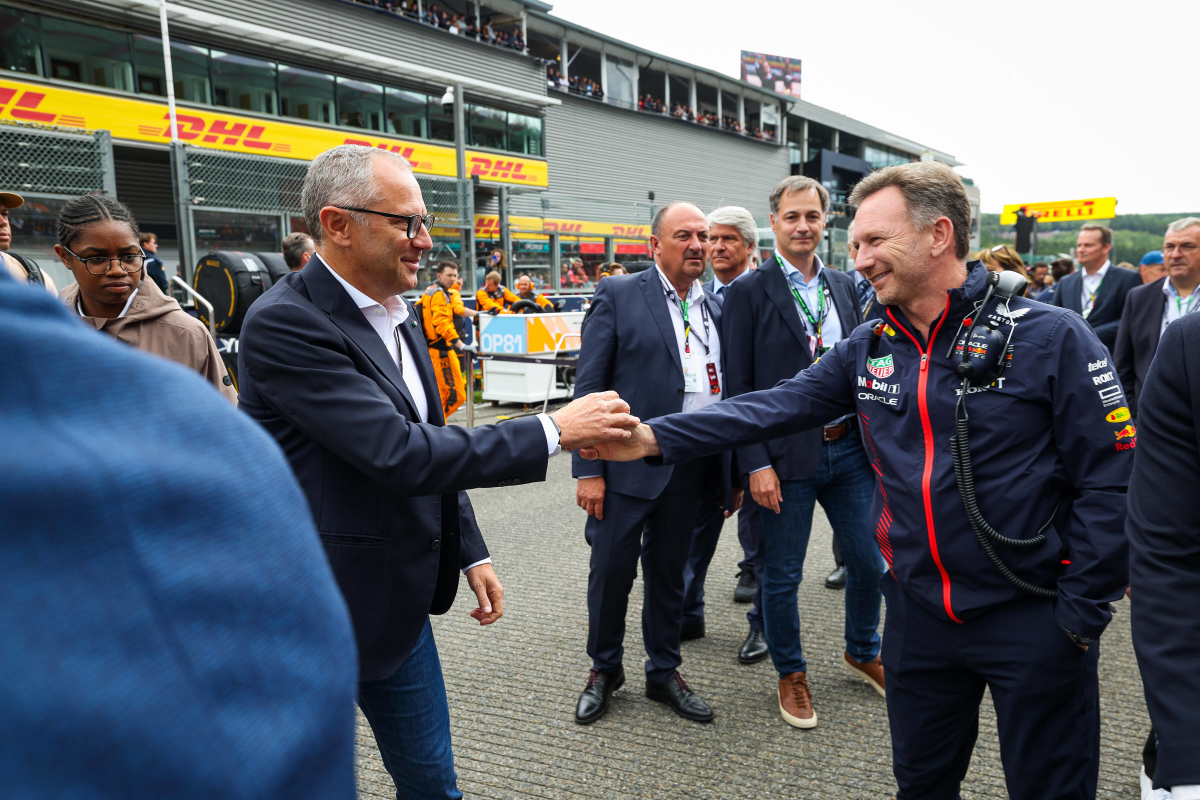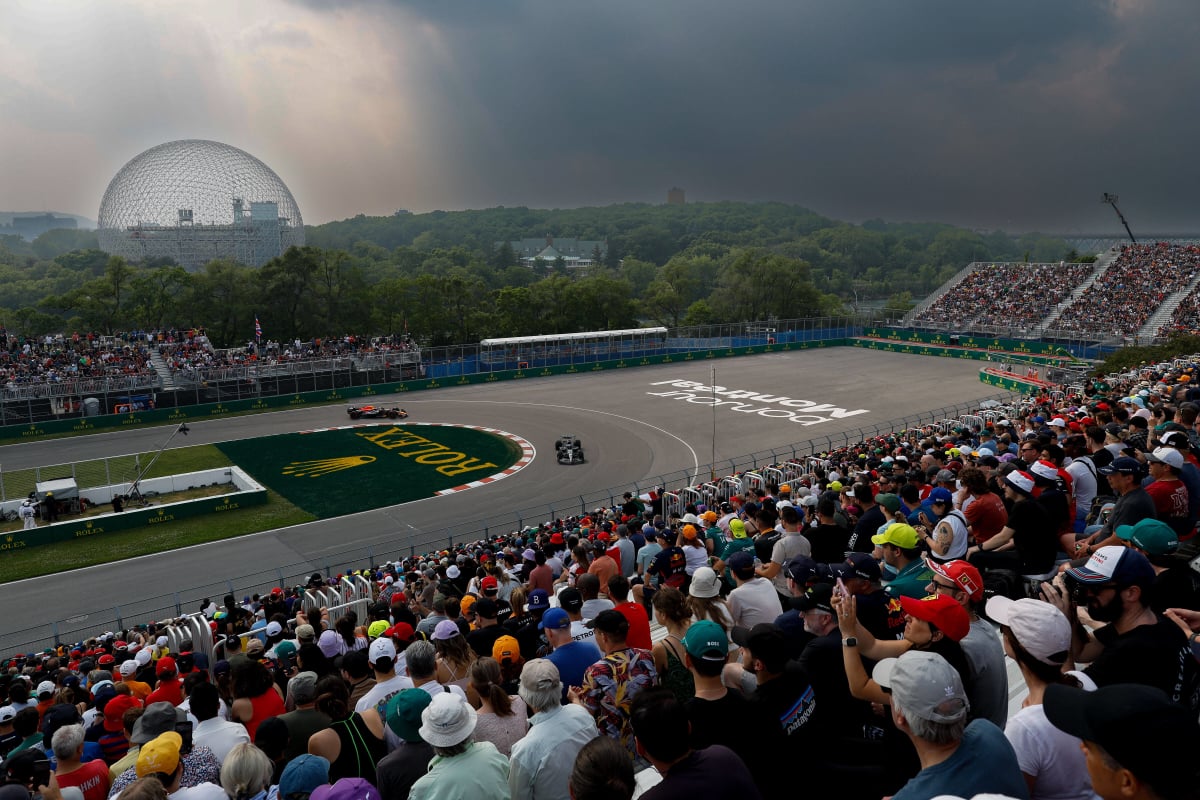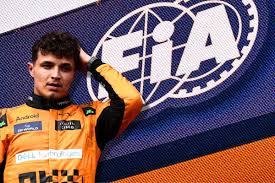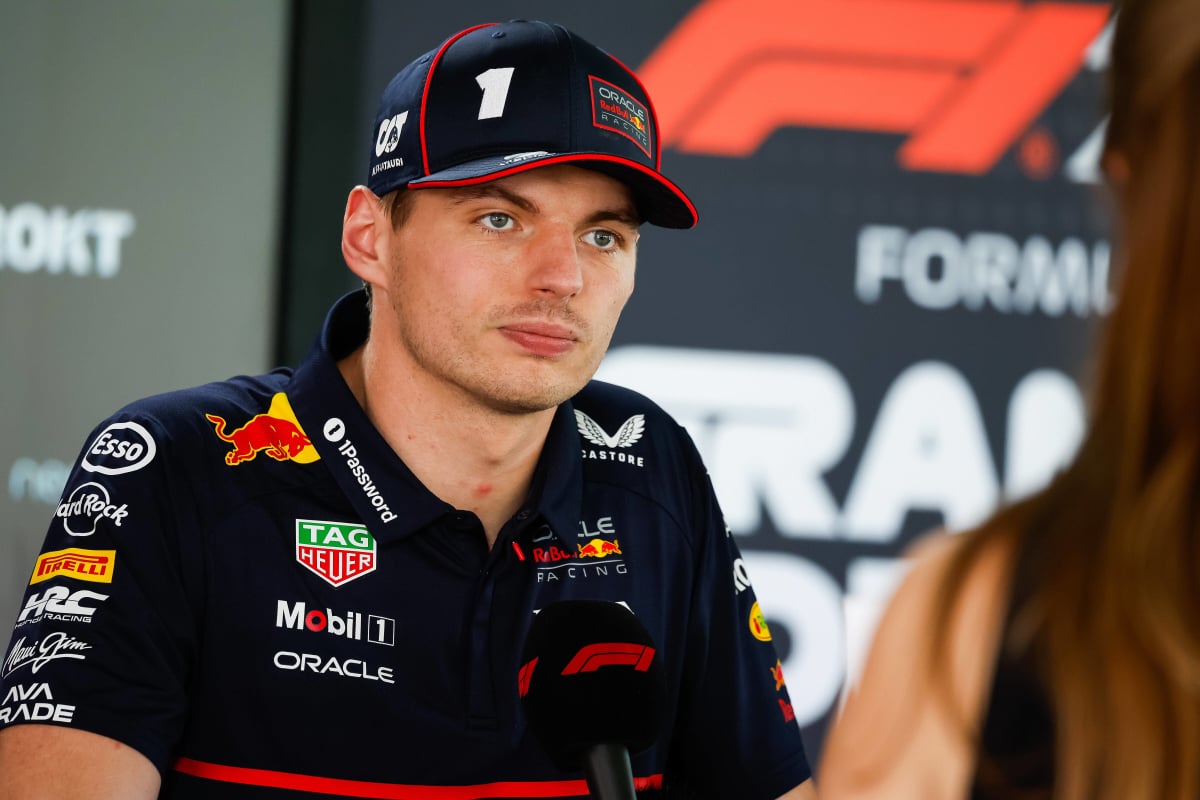F1 prepares meeting for MAJOR rule change backed by …read more
Formula 1 is reportedly preparing for a critical meeting next week to deliberate a significant rule adjustment ahead of the 2026 season, a change that has found a strong supporter in Red Bull Racing team principal Christian Horner. The proposed shift focuses on addressing growing concerns across the paddock regarding the balance of power in the next-generation F1 cars.
Under the current power unit configuration, F1 cars operate on an 85/15 power ratio between the internal combustion engine (ICE) and battery. However, the 2026 regulations were set to introduce a drastic change, moving to a 50/50 power split in an effort to boost sustainability and technological innovation. But this move has sparked concerns, particularly about how it would affect racing dynamics on power-sensitive tracks.
One of the biggest fears is that cars may run out of deployable battery energy during high-speed straights on circuits like Monza or Spa-Francorchamps—two iconic tracks known for their demand on power units. Such scenarios could compromise the racing spectacle, leading to less exciting on-track action and more “lift and coast” moments, where drivers ease off the throttle early to conserve energy.
In response to these concerns, a new proposal has been tabled which would see a significant tweak to the upcoming power regulations. Instead of implementing the 50/50 ICE-battery split across all sessions, a revised format is being considered specifically for races. The revised plan would retain the original 50/50 configuration for qualifying sessions, where outright performance is prioritized. But during the races, battery deployment would be limited to 200kW, a reduction from the initially planned 350kW. This would change the race-day power split to approximately 64% ICE and 36% battery.
Christian Horner has voiced his support for this potential rule amendment, emphasizing the importance of maintaining competitive and thrilling racing. He believes the current proposed regulations could negatively impact the driver experience and fan enjoyment. “What we desperately want to avoid is a situation where drivers are lifting and coasting from halfway down the straight,” Horner said in an interview with The Race. “That will frustrate the drivers. It will be bad for the spectacle of out-and-out racing.”
Horner added that the FIA appears to have acknowledged the issue and is now taking the necessary steps to address it before it’s too late. He urged action before the new season kicks off in 2026, highlighting that there’s still adequate time to refine the rules. “The FIA have all the info, and waiting until the start of next year to do something is arguably too late. We’ve still got eight months to sort things out.”
Although Horner and others in the paddock are backing the proposal, not all stakeholders are fully on board yet. Mercedes team principal Toto Wolff has expressed a more cautious approach, preferring to evaluate the real-world performance of the new cars before committing to changes. Despite this, the FIA is pushing forward with discussions, recognizing the importance of preserving race quality and preventing performance drops during key race segments.
To address some of the technical challenges, the FIA has also introduced measures such as a ‘turn down ramp rate’ to regulate how quickly energy can be discharged after corners, aiming to balance energy use more effectively.
The upcoming F1 Commission meeting will be pivotal in determining whether this major change goes ahead. If approved, it could significantly reshape how the 2026 power units perform in races—potentially striking a better balance between innovation and entertainment, something Horner and others believe is crucial for the future of the sport.




